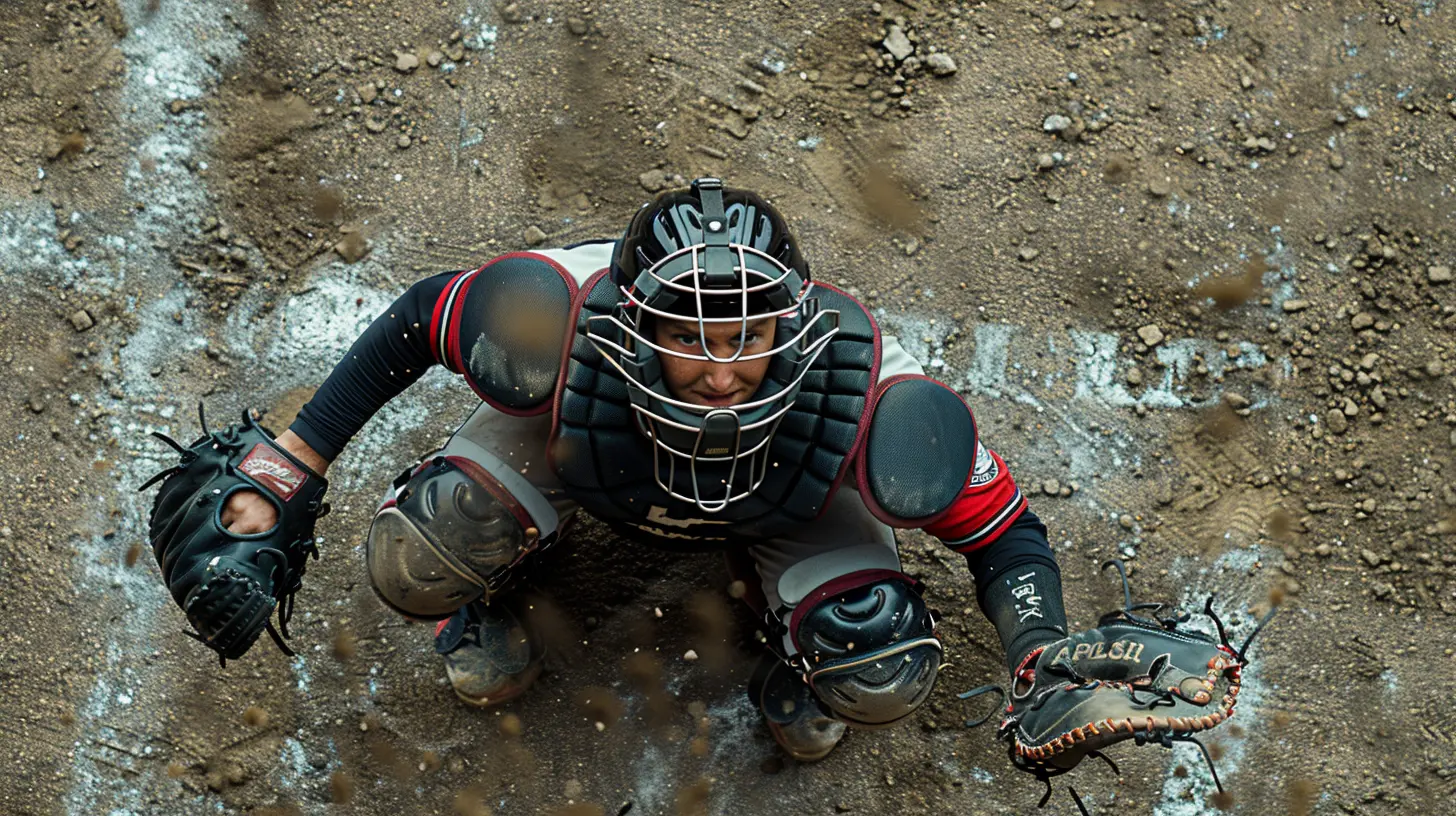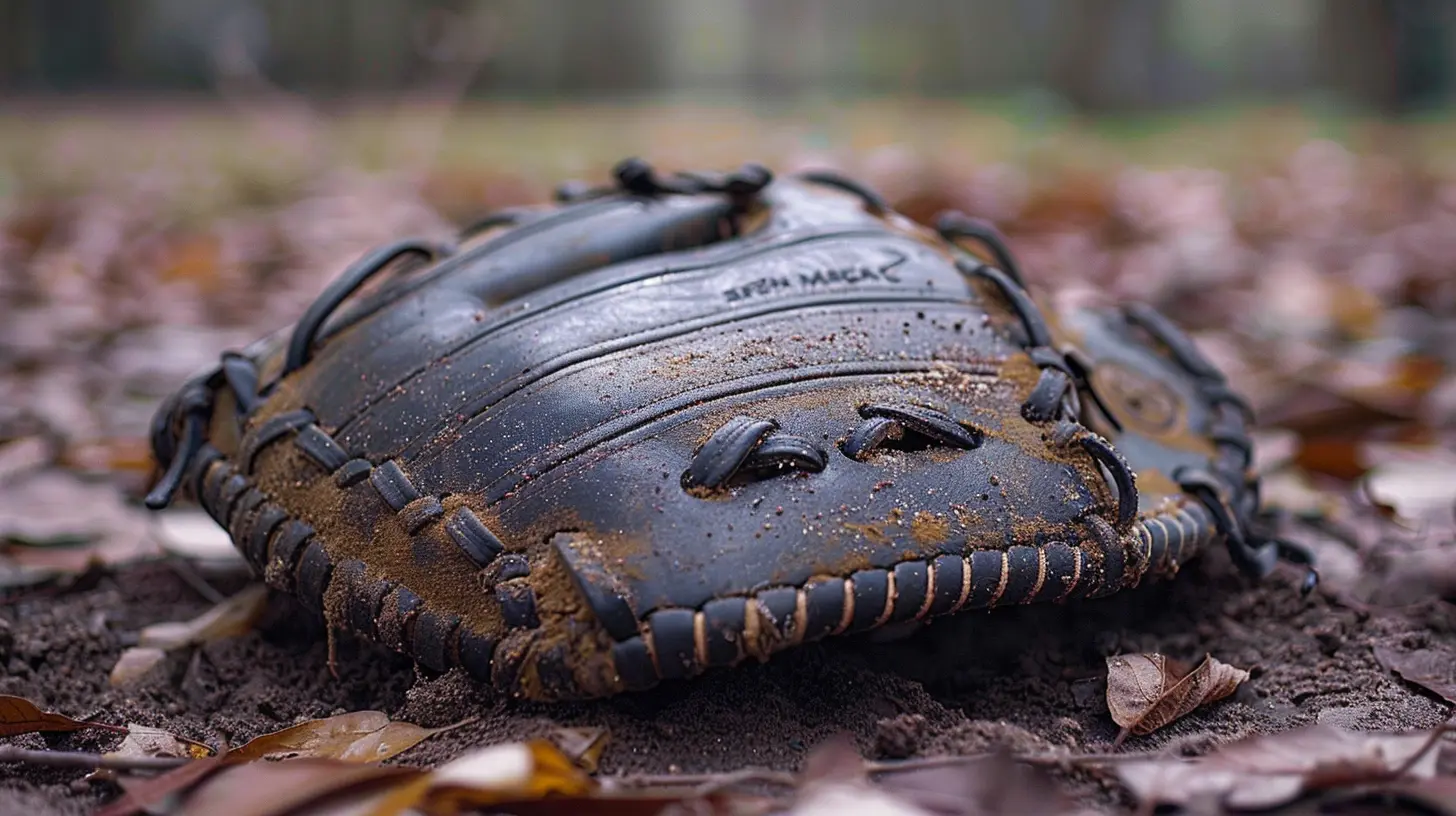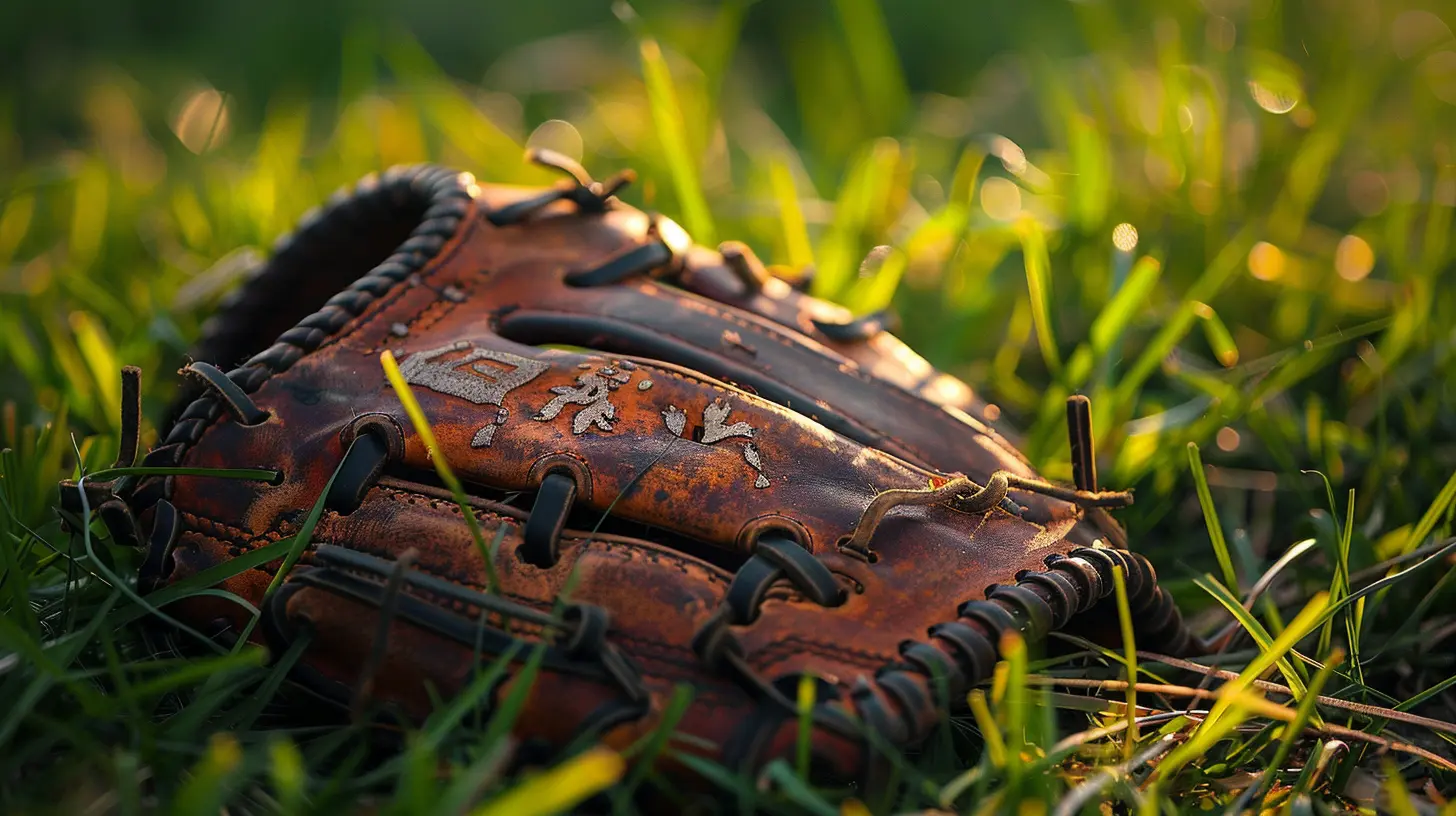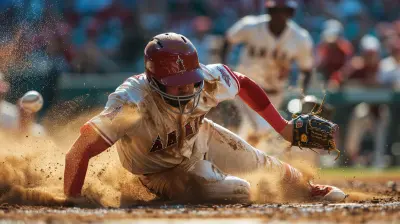Inside the Mind of a Major League Catcher
27 June 2025
When you think about baseball, your mind probably goes straight to the home runs, the pitching duels, or the electric glove work in the infield. But what about the catcher? Often overlooked, the catcher is the unsung hero of the diamond, the player who sees and controls everything happening on the field. If you’ve ever wondered what goes on behind that mask, you’re in for a treat. Let’s take a deep dive into the mind of a major league catcher, where the mental game is just as important as the physical one.

The Catcher’s Role: More Than Just Catching the Ball
On the surface, it might seem like the catcher’s job is simple—squat down behind the plate, catch the ball, throw it back. Easy, right? Not so fast. The reality is, catching is one of the most mentally demanding positions in all of sports. A catcher is like the quarterback of the baseball diamond, orchestrating the game, reading the opposing team’s strategies, and making real-time decisions that can make or break a game.Catchers have to be the eyes and ears of the team. They manage pitchers, call pitches, and even control the tempo of the game. Every pitch is a chess move, and it’s up to the catcher to figure out the next best move. It’s not just about catching the ball; it’s about thinking two steps ahead. If you’re not mentally sharp, you’re toast.
Calling the Game: A Mental Tug-of-War
One of the most intense responsibilities for a catcher is calling the game. You might think, "It’s just throwing down a few fingers to signal the next pitch," but it’s a lot more complicated than that. The catcher has to consider a hundred things at once: the current batter’s tendencies, the count, the game situation, the pitcher’s strengths and weaknesses, and even the weather conditions.Imagine this: It’s the bottom of the ninth inning, bases loaded, your team is up by one run, and the opposing team’s best hitter is at the plate. You’ve got to decide what pitch to call. Do you go with a fastball high and inside, or a curveball down and away? One wrong decision, and the game is over. The pressure is immense, and it’s all on the catcher to make the right call.
A great catcher knows how to mix things up, keeping hitters off-balance by not falling into predictable patterns. The key is to stay a few steps ahead of the batter. You’ve got to anticipate what they’re thinking and throw them off with something unexpected. It’s a mental tug-of-war that plays out over the course of an entire game.
Building Trust with the Pitcher: The Foundation of Success
A catcher’s relationship with the pitcher is crucial. You could have the best pitcher in the world, but if there’s no chemistry between him and the catcher, things can unravel quickly. Catchers need to earn the trust of their pitchers, and that doesn’t happen overnight.Think of it like a dance. The catcher has to know the pitcher’s rhythm—when he’s comfortable, when he’s struggling, when he needs an extra moment to gather his thoughts. It’s about understanding body language and subtle cues that no one else on the field can pick up on. A good catcher can sense when a pitcher is losing confidence and step in with a quick visit to the mound to settle him down.
On top of that, catchers also have to be the pitcher’s biggest supporter. If a pitcher starts getting rattled or losing control, it’s the catcher’s job to keep him focused and calm. Sometimes, that means offering words of encouragement, and other times, it might mean giving him a little tough love. It’s a delicate balance, but when done right, it can be the difference between winning and losing.

The Physical Demands: Catchers Are Built Different
While the mental side of catching is intense, let’s not forget about the physical toll. Catchers put their bodies through the wringer every game. Squatting for nine innings, blocking pitches in the dirt, and taking foul tips off the mask—it’s not exactly a walk in the park.Catchers have to be incredibly tough and resilient. The constant crouching alone is enough to wear down even the strongest athletes. Think about it: during a typical game, a catcher will squat hundreds of times. It’s no wonder catchers typically have the bulkiest legs on the team!
And then there's the gear. Catchers are decked out in more equipment than any other player on the field. The mask, chest protector, and shin guards might protect them, but they also add a lot of weight. Despite all that, catchers have to be nimble and quick, ready to spring into action to block a wild pitch or throw out a runner trying to steal second base.
When you combine the mental and physical demands of the position, it’s clear that catchers are a different breed. They have to be strong, smart, and tough as nails—all at the same time.
Blocking the Plate: A Test of Courage
One of the most iconic moments in baseball is a play at the plate. The runner is barreling down the third baseline, and the catcher is waiting for the throw from the outfield. It’s a split-second decision: does the catcher block the plate and risk a collision, or does he step aside and let the runner score?Blocking the plate requires a special kind of bravery. You’re putting your body on the line, knowing full well that you could get trucked by a runner sprinting at full speed. But catchers are wired differently. They’re willing to take that hit if it means saving a run.
Of course, the rules have changed in recent years to protect players from dangerous collisions, but the mindset hasn’t changed. Catchers still have to be fearless when it comes to plays at the plate. It’s just one more reason why the position demands so much toughness.

The Art of Framing Pitches: Subtle, But Essential
One aspect of catching that often goes unnoticed by casual fans is pitch framing. It’s the subtle art of making borderline pitches look like strikes to the umpire. It might not sound like a big deal, but framing can have a huge impact on the outcome of a game.Great catchers know how to present the ball in a way that gives their pitcher the best chance of getting a strike call. It’s all about smooth hands and quiet movements. The best framers make it look effortless, pulling the ball ever so slightly into the strike zone without drawing attention from the umpire.
Framing is a skill that takes years to develop, and it can be the difference between a pitcher going deep into a game or getting pulled early. The best catchers are masters of deception when it comes to framing, and it’s one of the reasons why they’re so valuable to their teams.

The Catcher’s Leadership: The Glue That Holds the Team Together
Catchers aren’t just leaders behind the plate—they’re often the emotional leaders of the entire team. Being in such a demanding position, catchers have a unique perspective on the game that no other player has. They see everything unfold in front of them, and they’re constantly communicating with their teammates to keep everyone on the same page.Whether it’s a quick conversation with the pitcher, a signal to the infield, or a pep talk in the dugout, catchers are the glue that holds the team together. They have to be vocal, confident, and assertive. If the catcher isn’t in control, the team can easily lose focus.
Handling the Pitching Staff: A Balancing Act
The catcher’s relationship with the pitching staff goes beyond just calling pitches. They’re also responsible for managing the personalities of the pitchers. Some pitchers are fiery and intense, while others are calm and methodical. A good catcher knows how to handle each pitcher differently, giving them what they need to succeed.It’s a balancing act—catchers have to be part psychologist, part strategist, and part motivator. The best catchers know how to bring out the best in their pitchers, even on days when they don’t have their best stuff.
Conclusion: The Catcher’s Mindset
So, what does it take to be a major league catcher? It’s a combination of mental toughness, physical endurance, and leadership. Catchers have to be smart, quick-thinking, and fearless. They’re the field generals, the unsung heroes who do the dirty work behind the plate.The next time you watch a baseball game, keep an eye on the catcher. Watch how they manage the game, how they interact with the pitcher, and how they stay locked in for every pitch. It’s a tough job, but for those who thrive in the position, it’s one of the most rewarding roles in all of sports.
all images in this post were generated using AI tools
Category:
BaseballAuthor:

Umberto Flores
Discussion
rate this article
1 comments
Dahlia Monroe
This article offers an intriguing glimpse into the complex mental game of a Major League catcher. The insights shared on strategy, communication, and decision-making highlight the crucial role catchers play in shaping a team's performance. A must-read for aspiring players and baseball enthusiasts alike!
July 19, 2025 at 11:12 AM

Umberto Flores
Thank you for your thoughtful comment! I'm glad you found the article insightful and valuable for both players and fans.


